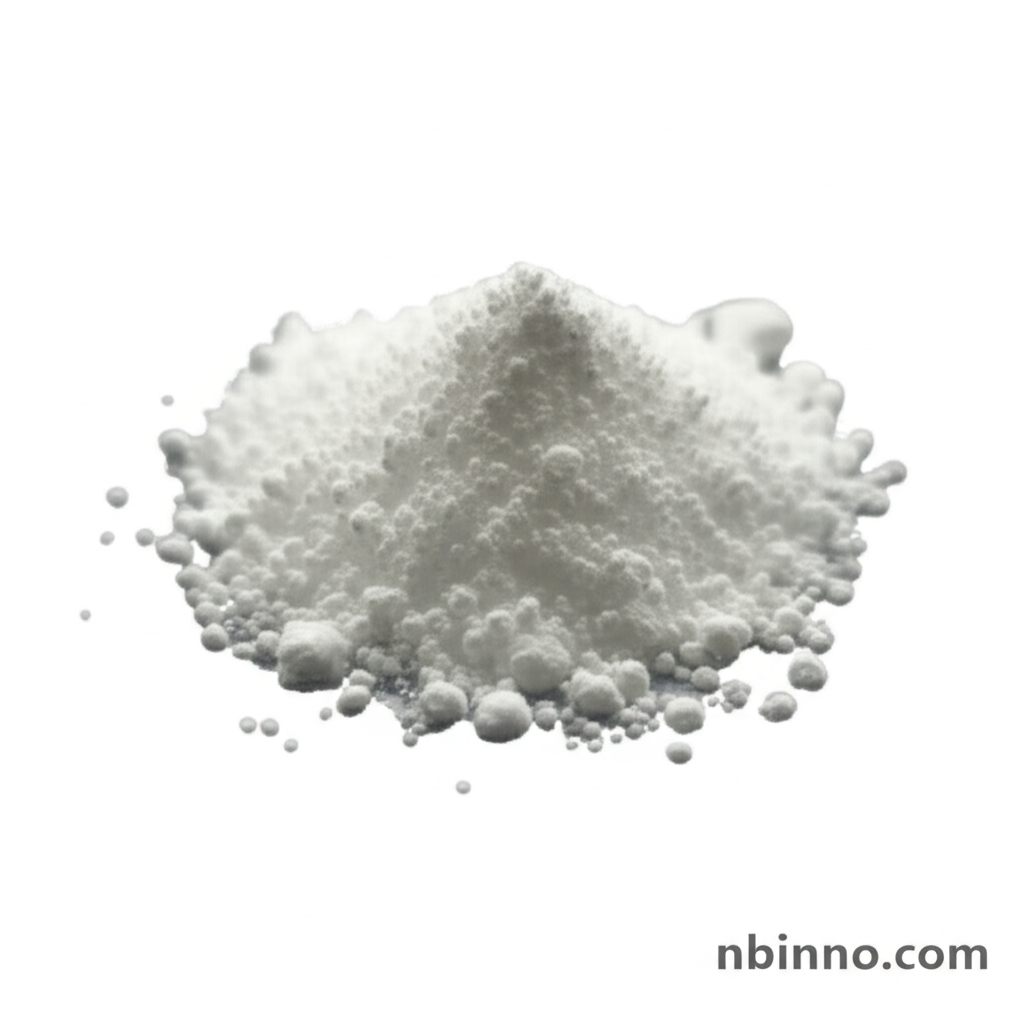4,4'-Dibromotriphenylamine: A Key Intermediate for Advanced Organic Electronics and OLEDs
Unlock the potential of next-generation displays with this essential OLED intermediate.
Get a Quote & SampleProduct Core Value

4,4'-Dibromotriphenylamine
This compound is a vital building block in the creation of advanced organic electronic devices, particularly OLEDs. Its unique molecular structure facilitates efficient charge transport and light emission, making it indispensable for high-performance displays and lighting solutions.
- Utilizing 4,4'-Dibromotriphenylamine as a key OLED intermediate allows for the synthesis of materials with superior electronic properties.
- The high purity (≥99.0%) of this chemical ensures consistent performance and reliability in OLED device fabrication.
- Explore the chemical properties of 4,4'-Dibromotriphenylamine, including its density of 1.593 g/cm3 and melting point of 69°C, which are critical for process optimization.
- As a crucial component in organic electronics, this intermediate plays a significant role in the development of next-generation display technologies.
Advantages Offered by the Product
Enhanced OLED Performance
The application of high purity OLED intermediates like this chemical directly contributes to improved device efficiency and lifespan, a key factor in the competitive display market.
Versatile Synthesis Applications
This compound serves as a foundational element for synthesizing a range of specialized organic materials essential for various functions within OLEDs, such as charge transport layers.
Reliable Sourcing and Quality
With a focus on high purity and consistent specifications, sourcing this chemical ensures predictable outcomes and minimizes production challenges for manufacturers.
Key Applications
OLED Device Fabrication
This compound is a cornerstone for creating the emissive and charge-transport layers within OLED displays, enabling vibrant and efficient light emission.
Organic Electronics Research
Researchers leverage this chemical for its predictable behavior in exploring new molecular designs for advanced organic semiconductor applications.
Specialty Chemical Synthesis
Beyond OLEDs, it can be used in the synthesis of other fine chemicals requiring specific aromatic amine structures with halogen substituents.
Advanced Material Development
Its molecular backbone makes it suitable for developing novel materials with tailored optoelectronic properties for future electronic devices.
